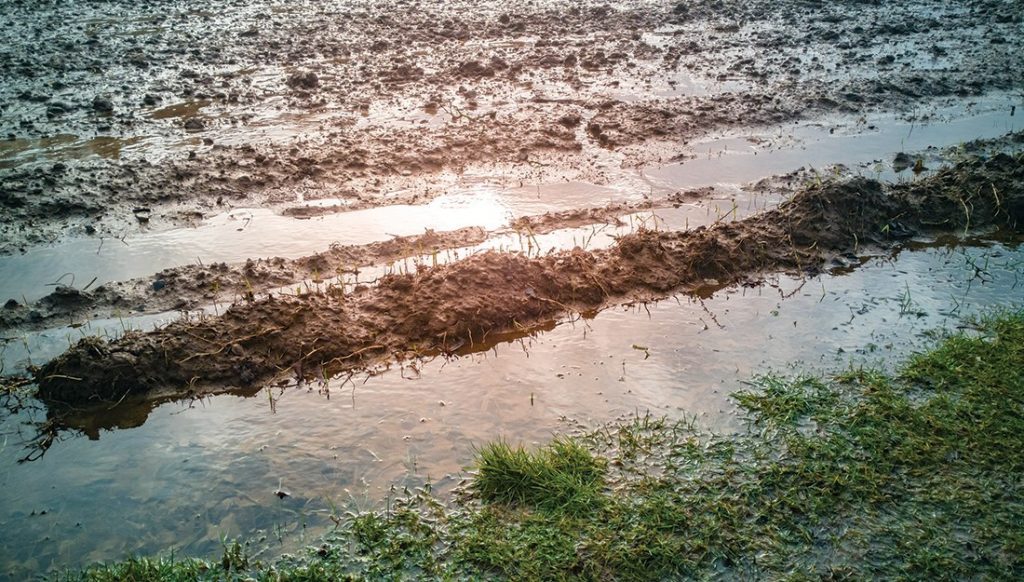Bacteria and pathogens: Separating friends from foes in soil and water

A teaspoon of soil can contain as many as 1 billion bacteria, but most of them are completely harmless, or even beneficial. That also means that if someone with nefarious intentions adds dangerous bacteria to the soil, it can be difficult to sort out the good from the bad.
That’s why the Defense Advanced Research Projects Agency (DARPA) has awarded a $14.2 million grant to a team led by professors at Texas A&M University to develop a way to quickly detect which bacterial pathogens are present in a soil or water sample. In an age where bioterrorism is a very real concern, DARPA is working on new ways to detect potential human-introduced pathogens in the environment—before people become ill.
“Dirt is not simple,” said James Samuel, Regents Professor and head of the Department of Microbial Pathogenesis and Immunology at the College of Medicine and principal investigator of this project. “In the past, we’ve only known about the bacteria that are able to be grown on a petri dish in the lab, but that’s only a fraction of what’s really there, whether we’re talking about in the soil or in your stomach. It’s not a trivial problem.”
Classifying bacteria, even those that can’t be grown and characterized in the traditional petri dish way, is a problem the team is working to solve. Samuel, along with Arum Han, professor in the Department of Electrical and Computer Engineering, and Paul deFigueiredo, associate professor, and Erin Van Schaik, research assistant professor, both in the Department of Microbial Pathogenesis and Immunology, and other colleagues at Texas A&M, will try to create a device to rapidly and efficiently characterize the harmfulness of bacteria in the environment—essentially “culturing the unculturable,” Samuel said.
They will do this by screening each microorganism in the sample to see if it has the properties of a pathogen. “There are unique qualities that pathogens have that non-pathogens do not,” Samuel said. “For example, pathogens have the ability to kill specifically eukaryotic cells types, including human cells, as part of their pathogenic strategy.”
But because no one can screen millions of cells by hand, the team is working on building a microfluidic device to do so automatically.
“Testing millions of cells to see whether they are potentially harmful or not, one cell at a time, cannot be achieved within a reasonable time frame even with the most advanced robotic liquid handling system,” Han said. “This is where the beauty of microfluidic devices comes in, where it can be used to test and probe every one of the millions of cells for their pathogenic traits with single-cell resolution.”

